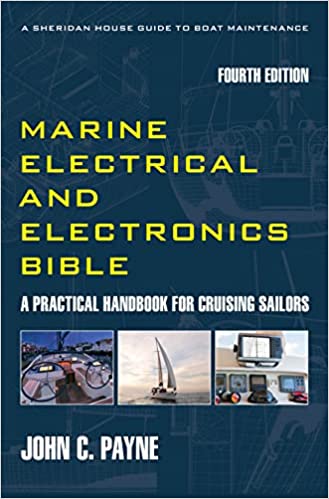Boating Accident Injuries
Boating accident injuries happen! How many boating accidents have you had? So, you or one of the crew have sustained a nasty bang on the head from the boom, or suffered a fall on deck. Research has shown that the most common accident and injury mechanisms were trips and falls, or being struck by an object and caught in lines. The most common objects causing injuries were booms, sail clews, spinnaker poles and crew crashing into each other. Unsurprisingly gybing and tacking caused about 30% of injuries.
Boating Accident Injuries
Sailboat accidents often result in injuries ranging from minor bruises to serious trauma, typically caused by falls, collisions, and equipment mishandling.
Common injuries aboard sailboats include slips and falls, especially on wet decks or during sudden maneuvers. These can lead to sprains, fractures, or head injuries. Boom strikes—when the boom swings unexpectedly—are a frequent cause of concussions and shoulder trauma, particularly in gusty conditions or during accidental jibes.
Rope burns, hand lacerations, and crushed fingers occur during sail handling, winching, or docking. Improper technique or lack of gloves increases risk. Back and joint strain is also prevalent due to repetitive movements and awkward postures in confined spaces.
Boating Accident Injuries – Root Causes
Many injuries were sustained when sailors were transiting from one side of the boat to the other during tacks and gybes. Other injury periods were associated with sail changes, winch operation and steering. It may come as a surprise but 63% of injuries occur within the confines of the cockpit, and about 25% up on the foredeck. Equipment failure features heavy in the data, and failures include winches, standing rigging, cleats and blocks, usually in periods of rough weather. Many accidents are coincidental with heavy weather.
Fatigue related injuries
were usually associated with bad weather, and I like many who have experienced
long and protracted bad weather, with lack of sleep, sustained physical
activity, cold, wet and lack of food know how fatigue can set in.
Boating Accident Injuries
In racing or offshore conditions, capsizing, man-overboard incidents, and collisions can result in hypothermia, spinal injuries, or drowning. Wearing life jackets and harnesses significantly reduces fatality risk.
Environmental factors like sunburn, dehydration, and heat exhaustion are common on long passages, while cold-weather sailing may lead to hypothermia or frostbite.
Boating Accident Injuries – Medical Conditions
Boating accident injuries are rather varied and more than 50% were sunburn related, even on the cloudy days. I would have thought most sailors were aware of the risk and yet here we are. I used to be careless about being covered up, avoiding the wearing of hats and sunscreens, but not anymore. Second on the list is our old French friend Mal de Mer, the malady of the sea, seasickness. Placed at about 30% of sickness and injuries. I know like most what that feels like, debilitating for many. Whilst I have the occasional bout, I seemed most prone to it when sailing on multihulls with mates. Sea sickness brings with it weakness, impaired cognitive function, and general despondency. Not a great place to be when sailing short or single handed. There have been some horrific tales of people getting so debilitated they take to their bunk and die. Myself, I am one for being up in the fresh air, having the horizon to focus on for my eyes. So many remedies, from consuming ginger to acupressure bands and so on. Dehydration is the next on the list with 7% of injuries) often associated with sea sickness. Finally we have hypothermia at just 2%, usually associated with man overboard immersion episodes.
Boating Accident Injuries – Medical Conditions
The major proportion of reported injuries were considered minor and did not require treatment. Only a small number of injuries were considered serious enough to warrant evacuation and hospitalization. On board first aid was carried out in about 24% of cases and 33% sought medical after the injury. Of the 4% of serious injuries, 25% were fractures, 16% were cartilage or tendon tears, 14% were concussion and 8% were dislocations. The majority f serious injuries were to the head, with 25% of the total, knees scored 15%, legs 10% and arm injuries 9%. So that gives you a good indication of where to focus your safety.
Boating Accident Injuries – Causes
At the top of the list of causal factors was heavy weather and high wind events that included planned and unplanned gybes and where someone was struck by the boom, mainsheet or spinnaker pole. In the racing space vessel collisions caused some grief. Catastrophic rig failures were also a source of injury. Another cause was the falling through open companionways (did that once) and hatches and resultant head lacerations and fractures. There were also eye injuries resulting in the permanent loss of vision.
Contributing factors behind these severe injuries included inexperience and also failures in communications between crew members. Preventive measures include proper training, wearing protective gear, maintaining situational awareness, and ensuring all crew understand emergency procedures. Regular safety drills and ergonomic boat setups also help reduce injury rates.
Boating accidents are avoidable and boating safety is in your hands.

